1.1: What Is Anthropology?
- Last updated
- Save as PDF
- Page ID
- 145491
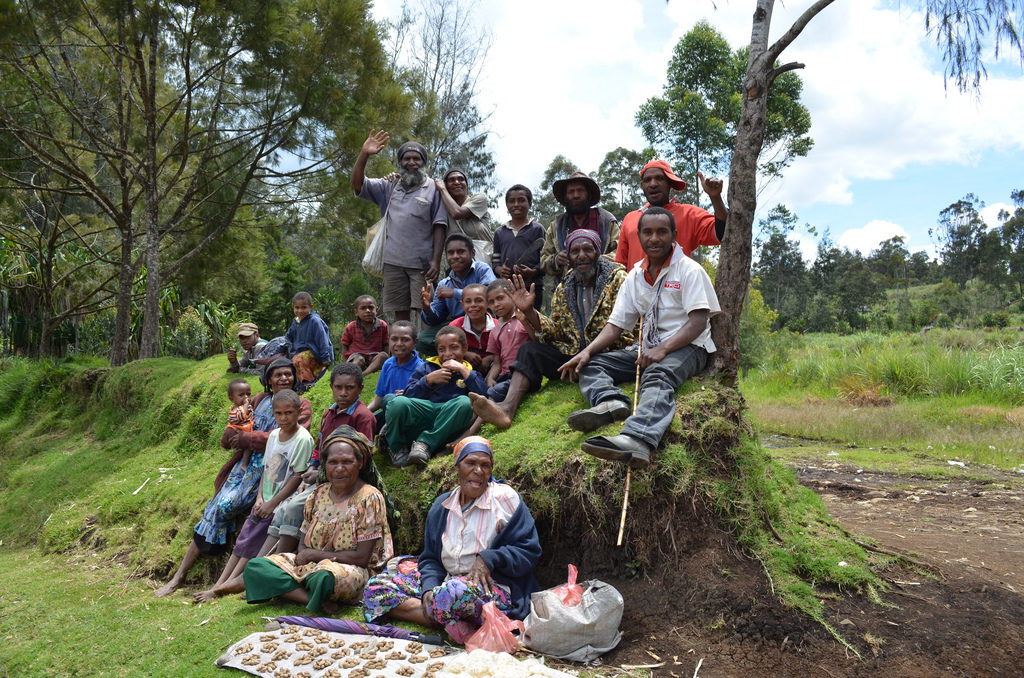
Every individual matters. Every individual has a role to play. Every individual makes a difference. The members themselves decide what They/Their can do, individually or as a group, to make the world a better place.”
—Jane Goodall, With Love, 1994
Men are born soft and supple; dead they are stiff and hard. Plants are born tender and pliant; dead, they are brittle and dry. Thus whoever is stiff and inflexible is a disciple of death. Whoever is soft and yielding is a disciple of life. The hard and stiff will be broken. The soft and supple will prevail.
― Lao Tzu
How I became an anthropologist.
In college I took a sociology class, and the only thing I remembered from it was the Milgram study where people gave other people electrical shocks just because a man in white lab coat said to. We learned that on the first day. Unfortunately, I didn’t really perform very well in that class, so, on a whim, I decided to take anthropology the next semester. I thought about what I could do to improve my academic performance and this “easy A” anthropology class would be my testing ground. “What would an academic advisor tell me to do?” I wondered, trying to get an outsider’s Perspective, without actually bothering to get an actual outsider’s perspective. “Well,” I thought, “I should probably read the book and take notes on each paragraph as I go. I should come to class, pay attention, and take lots of notes there too.” My simple plan worked like a charm and that was a revelation for me. It didn’t hurt that the information was fascinating, shocking, and even sometimes revolting (people tend to remember emotional stuff). The guy who sat next to me who got Bs and Cs asked me what my secret was, and I told him, “I read the book, take notes on everything, and come to class.” He seemed disappointed.
But that really wasn’t everything. My next plan of action was to think about the information as it was presented. For instance, I would intentionally think, “Is that true?” “How does that relate to my history class?” “How did they test that?” This strategy also paid off and slowly things began to make more sense and I saw overlaps between different disciplines.
And so, even though I was an English major, I accidentally earned a dual degree in anthropology because I had taken so many anthropology electives. I didn’t realize then that what I was doing was very anthropological. I got some distance from my issue by thinking of myself from an outside perspective. That is exactly what anthropologists do! They/Their get try to distance themselves from They/Their own cultural biases and automatic assumptions to see things in a different way. When I was thinking about how different subjects connected to anthropology I was thinking holistically. Anthropology is a holistic discipline, making connections between different parts of a Culture, to understand how the whole system works. As it turns out, thinking like an anthropologist is not just helpful for understanding exotic peoples in strange, mysterious lands or discovering lost civilizations, but is a valuable Tool for understanding oneself and for Learning in general.
What is Anthropology?
Anthropology is the study of what it means to be human. The term “anthropology” literally means the study of humans (anthropos is Greek for humanity). We are often fascinated with other people and even fascinated with ourselves, and why shouldn’t we be? After all, within each human skull lies the human brain, which neuroscientist Christof Koch calls the most complex thing in the known universe (Flatow 2013). With our incredible brains we can strive to know the world around us as well as ourselves. Knowing ourselves is the central challenge of anthropology.
Anthropology is not about a single aspect of humanity, such as our economic systems, political organization, Religion, or biology. Rather, it is about all of these topics and how they intersect with each other. The discipline of anthropology covers all of human history, all the peoples of the world today, all the languages, all the technology, and our biology. Anthropology even extends its reach to other primates like apes and monkeys in an effort to understand how we are similar and different to those species. By keeping the perspective broad, anthropology addresses some of the biggest questions of our day: Who are we? How did we get here? Where might we be headed?
How does one discipline even begin to address all these varied topics? To make things more manageable, anthropology is divided into four subfields, namely Cultural Anthropology, Linguistic Anthropology, Biological Anthropology, and Archaeology. Cultural Anthropology is interested in human culture and the diversity of human social life. Linguistic Anthropology explores human languages and how they connect with culture. Biological Anthropology studies human biology, especially physical variation in humans, fossil ancestors, genetics, and how biology intersects with human culture. Archaeology investigates the human past through material remains. There is also a fifth subfield that crosscuts the other four subfields called Applied Anthropology. This subfield uses anthropological techniques and concepts to help solve modern-day problems. Anthropology is considered a holistic discipline because it is interested in all aspects of humanity and takes a multitude of approaches toward understanding the human condition.
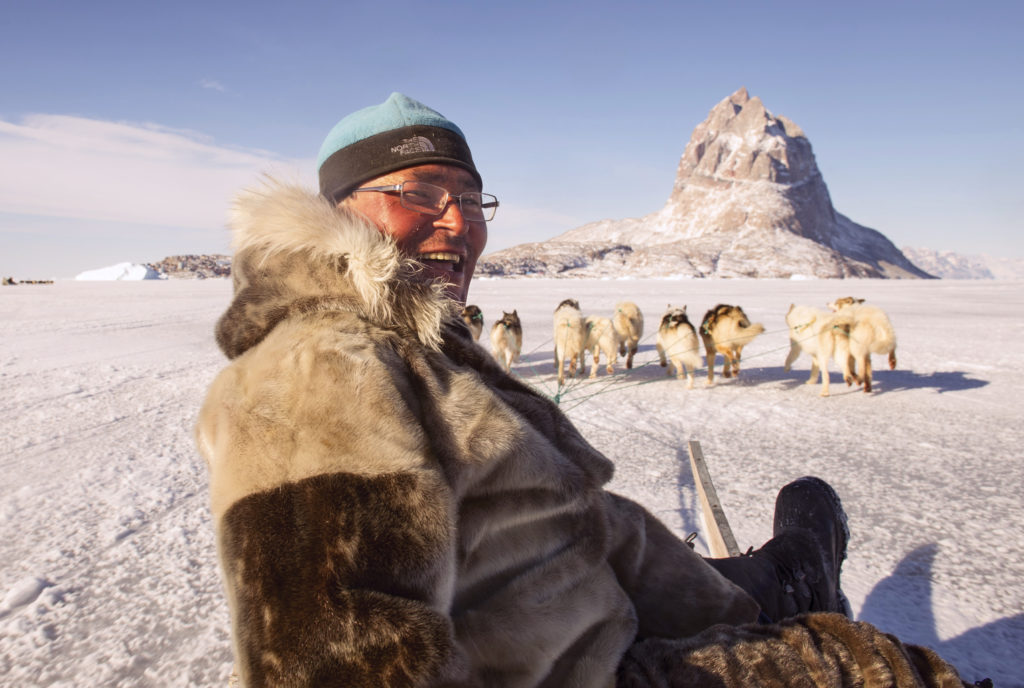
Humans adapt both biologically and culturally to physical and social environments. Adaptation refers to how organisms cope with their environment. Himalayan sherpas of Nepal can climb Mount Everest far more easily than a New Yorker in part because they are biologically adapted to high altitudes by making more energy for the same amount of oxygen (Senthilingam 2016). Similarly, the Bajau “sea nomads” of Southeast Asia, known for their ability to hold their breath for long periods of time, may have a genetic Adaptation to breath-hold diving.

We also learn to adapt to our environments culturally. To live in extreme arctic conditions, we do not need a biological adaptation like thick pelt of fur; we simply learn to sew a coat, build a shelter, and make fire. Because of the flexibility of culture, more than any other organism, we humans are able to occupy all environments of the planet from deserts to polar regions to the oceans and beyond the Earth itself. What’s more, culture and biology are not separate and distinct systems but are rather intertwined (Sapolsky 2017). All traits are both genetic and environmental. We’ll discuss how this can be in Chapter 8.
The Culture We Swim In
In Pulitzer Prize finalist David Foster Wallace’s “What is water?” commencement address (Sullivan 2013) he tells a simple story: “There are these two young fish swimming along and they happen to meet an older fish swimming the other way who nods at them and says, ‘Morning boys, how’s the water?’ The two young fish swim on for a bit, and then eventually one of them looks over at the other and goes, ‘What the hell is water?’” What’s true for fish in water is also true for human culture. Culture is so pervasive, we don’t even recognize that we are “swimming” in it all the time. Take a look around you. How many things do you see that weren’t made, modified, or influenced by humans? What’s more, we can become so accustomed to our own culture that when we see a different way of doing something, even something simple like counting or snapping, we can be taken by surprise because it never occurred to us that there was a different way to go about these simple, everyday actions. Anthropology also considers more fundamental features of cultures like marriage, rituals, and ways of getting food, that can seem radically different from the way we do things and what we think is normal.
Two important concepts in anthropology are Cultural Relativism and Ethnocentrism. Cultural Relativism means trying to suspend moral judgment in order to understand why people have certain practices and beliefs. That is, anthropologists try to suspend cultural assumptions about what is normal. Anthropologists don’t condone practices simply because they exist but rather seek to understand the underlying causes. After all, few people would give the thumbs up to human sacrifice or torture simply because they are part of someone’s culture or associated with someone’s heritage. There is a kind of spiritual benefit to suspending judgment that allows us to gain perspective. This idea was captured 800 years ago by the Persian poet Jalāl al-Dīn Muḥammad Rūmī, better known as Rumi (1207–1273), in the lines:
Out beyond ideas of wrongdoing and rightdoing,
there is a field. I’ll meet you there.
Cultural relativism not only provides a starting point for understanding other cultures, but also allows a window into our own cultural biases. As anthropologist Michael F. Brown (2014:6) writes in his book Upriver on Amazonian cultures, “We become aware of the Arbitrariness of deep-seated practices and beliefs only when forced to confront other societies whose customs differ from our own.” Sometimes we need to look outside our own culture, the water in which we swim, in order to see it more clearly.

The flip side of cultural relativism is ethnocentrism, which means using your own culture to pass judgment on another. Ethnocentrism is the idea that your own beliefs, values, and behaviors are the correct ones. You have probably heard the word “egocentric” used to refer to someone who considers a situation only from their own personal viewpoint. Ethnocentrism is similar, but from the perspective of an entire culture. Anthropology reveals that there are many ways of being human. Insights into the varieties of being human can reset how central and important we think we are. Sometimes this way of thinking can be threatening, but it can also be intriguing, thought-provoking, and even inspiring.
The anthropological perspective not only helps us understand the world around us, but also can help us be better scientists, artists, and human beings. Steve Jobs once said “Creativity is just connecting things…the broader one’s understand of the human experience, the better design we will have.” Though anthropologists are not in the business of creating new technologies, the idea behind the value of diverse experiences is the same. When we limit who we interact with or automatically reject certain ways of doing things, we limit our creative potential and ability to solve problems. By keeping our minds open to new ways of doing things and different people, we can understand other people better, understand ourselves better, and increase our ability to solve serious problems facing our world.
The WEIRD Problem
Anthropology is comparative, studying a broad range of human groups from hunter-gatherers to corporate culture. This comparative approach is important because if we only consider Western cultures, we would have a very skewed view of who humans are. The term “Western” refers to beliefs and values that have an origin in the European Renaissance and Age of Enlightenment. A well-known problem in psychology is that much Research in that discipline has been based on people living in Westernized nations. This is largely because they are the most convenient subjects to study. In fact, American undergraduate students are common psychology research subjects—but are not a very representative cross-section of the world’s mental life. Psychologists recognize this problem and have labeled these subjects WEIRD—Western, educated, industrialized, rich, and democratic (Henrich et al. 2010). The acronym WEIRD is apt because most cultures have decidedly different beliefs and values than American college students as well as different life experiences. Anthropology casts its net beyond Western societies to try to circumvent the WEIRD problem and understand the human condition as a whole.
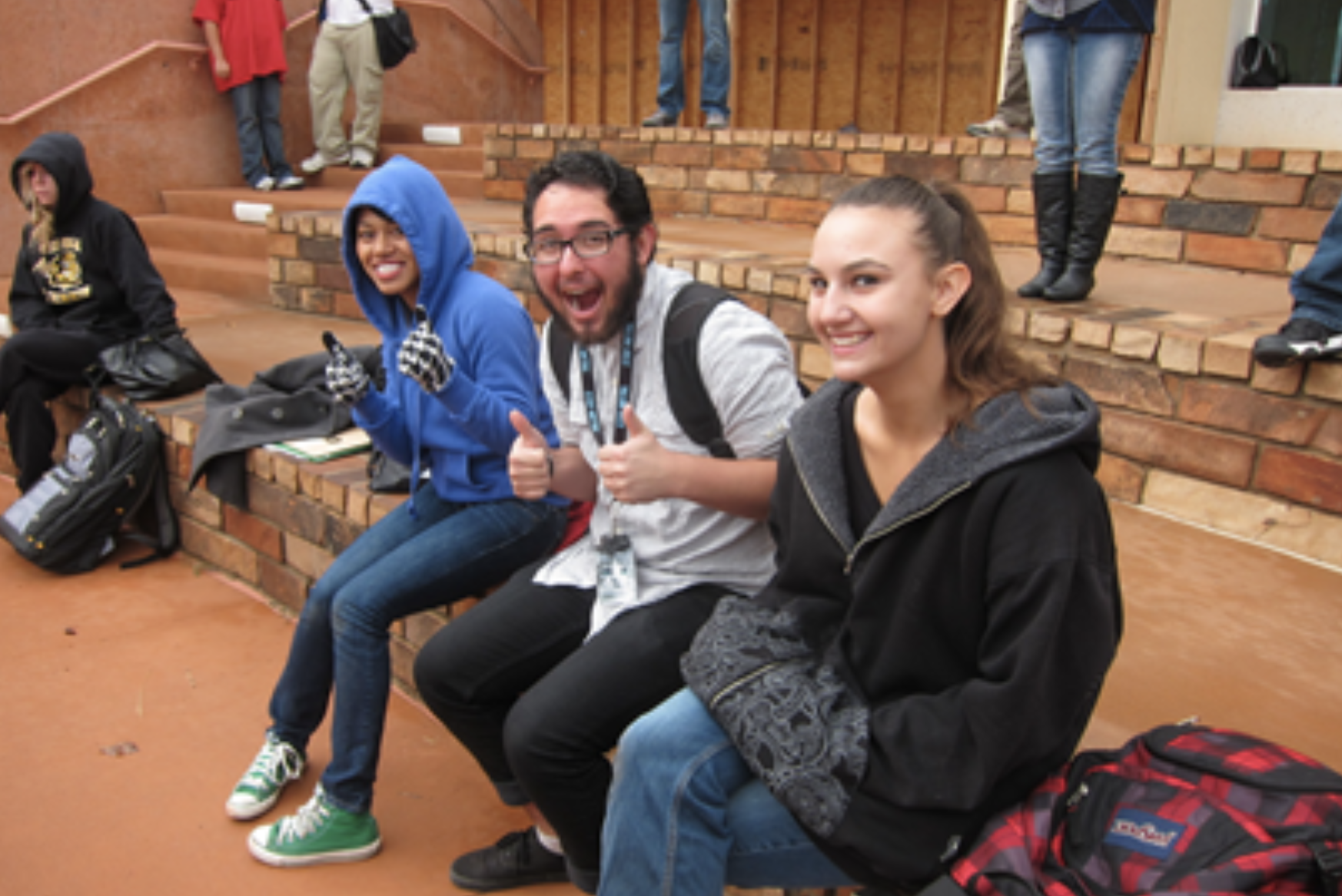
Quantitative vs. Qualitative
Anthropology is usually classified as a Social Science because it seeks Explanations about human societies through careful observation and systematic Analysis. Social scientists often look for general explanations and use Quantitative methods, which means that some kind of measuring is involved. Anthropology also has elements of the Humanities, in that it is interested in the diversity of human societies. This approach tends to be more Qualitative, which involves explaining or describing a particular society or practice. Imagine an anthropologist is interested in recycling on campus. They might document how people feel about recycling, which would be a more qualitative approach. Another anthropologist studying recycling might take a quantitative approach by recording the items in the bin. The two approaches would provide different, but equally useful insights into recycling behavior, and both are valuable in anthropology.
CNM Recycles! We have single-stream recycling, meaning all recyclables can go in the same bin. Click here to see what can go in the blue bins and rectangular bins
Cultural Anthropology
Cultural anthropology, or sociocultural anthropology, is the study of human culture. In everyday conversations we might say someone who has excellent taste in art, music, literature is “cultured.” This, however, is not the definition of culture that anthropologists use. Everyone, no matter how uncouth, has culture. Culture has been defined in a number of ways. Nineteenth-century anthropologist E.B. Tylor defined culture as “that complex whole which includes knowledge, belief, art, law, morals, customs, and any other capabilities and habits acquired by man as a member of society.” Anthropologist Conrad Kottak defines culture as shared traditions and customs that are transmitted through learning. Common to both these definitions is the idea that humans learn the traditions, laws, values, beliefs, customs of their society. Perhaps more than any other species, humans rely on learning. The process of learning how to be a member of a society is called Enculturation. experiments show that human children have a strong expectation to be taught, to be enculturated. To paraphrase developmental psychologist Michael Tomasello, fish are born expecting water, and humans are born expecting culture (Roberts and Tomasello 2014).
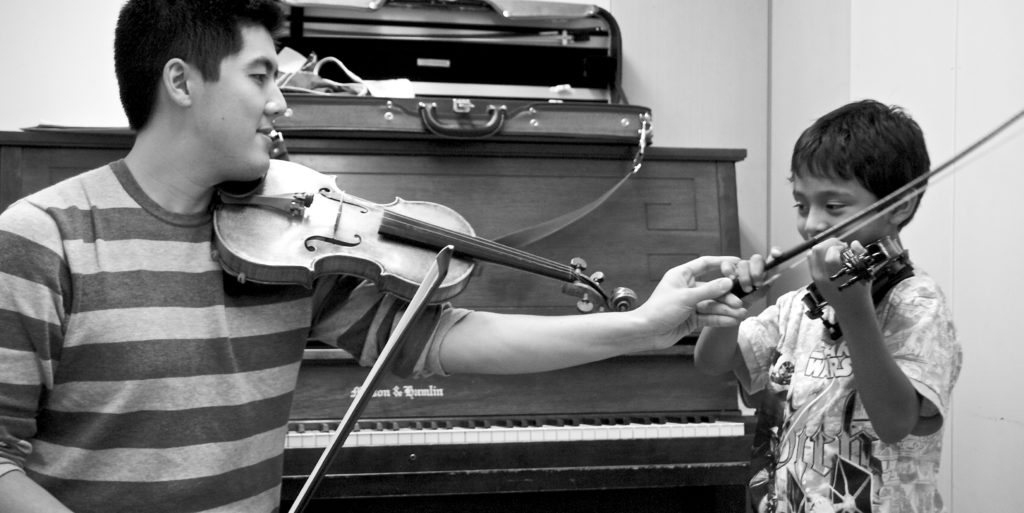
Violin teacher by Nathan Russell is licensed under CC BY 2.0
Cultural anthropology is interested in how people are different and why they are different. People are often fascinated by what they consider exotic practices of other societies, whether it’s dining on grubs or diving from a rickety tower to ensure a good yam harvest. But cultural anthropologists also study the ways in which all humans are alike. features that are common to all human societies are known as Cultural Universals. Cultural Universals include things like language, marriage practices, rituals, and kinship systems. There are no societies, for instance, that lack language or have no way of identifying relatives. Though cultural universals are common to all societies, their particular forms can vary tremendously. Cultural universals can be as interesting as human diversity because they get to the heart of what is means to be human, Homo sapiens.
Traditionally, cultural anthropologists do fieldwork, living with the people under study and engaging in Participant Observation. Cultural anthropologist Eduardo Kohn (Worrall 2014) calls participant observation “a kind of deep hanging out….spending huge amounts of time with people allowing oneself to be immersed in their world.” Participant Observation allows the anthropologist to experience what others are experiencing and to understand a culture from the inside. Needless to say, this is a difficult task and it often takes a year or more to learn the language and become accepted enough to ask questions about kinship, marriage, health, religion, and personal histories. As Michael Brown (2014:41) writes of these difficulties during his fieldwork among the Awajún of the Peruvian Amazon, “What the devil am I supposed to do with myself in the months before I can ask a grammatically correct question?” Only when genuine and meaningful connections are made with people, can the anthropologist begin to ask meaningful questions.
Culture Shock outwardly that people realized how devastated he felt. After that, he was able to make real connections with people and begin to learn from them.
Wesch also found that people rejected his money when he wanted to pay for something. Rather, they wanted to have a friendly relationship with him—someone they could rely on when they needed help, not just an anthropologist-visitor. What’s more, because of their social ambiguity, anthropologists often must be connected to people through a kinship term. It is not uncommon for an anthropologist to be adopted as someone’s son or daughter, and given a new name. This alleviates some of the social tension and uncertainty anthropologists cause when they enter village life. But the relationship with the anthropologist is also taken very seriously by the people themselves. A Kichwa man of Ecuador explained the problem with anthropologists, “They don’t realize how attached indigenous people become to them and how seriously we take it when we make them a part of our families” (Uzendoski 2005:13). As a result of becoming part of the fabric of village life, anthropologists need to commit to the people they are studying from the outset.
Linguistic Anthropology
Linguistic anthropology is related to cultural anthropology, since much of enculturation occurs through language. Linguistic anthropologists are interested in the diversity of human languages and the relationship between language and culture. As linguists Bruce Rowe and Diane Levine explain in A Concise Introduction to Linguistics (2006), “Speech, sign language, and writing is the way that linguistic knowledge gets out of your head and into the heads of others.” With language, we can tell stories that encapsulate and perpetuate the values perspective of a culture. Language, and the stories it enables, is a powerful method of creating and transferring culture.
Language is a cultural universal, meaning that every culture has language. Today, there are more than 7,000 internationally recognized languages, representing a wide array of sounds and ways of constructing words and sentences. Unfortunately, more than half of these languages are danger, and are likely to go extinct in the current century (Kraus 1992). Linguists Nettle and Romaine (2000) point out that regions with the most biological diversity also tend to be those with the most linguistic diversity. As developed nations destroy the biological habit of these diverse zones, so too go the languages. As one Cofan chief Randy Borman of the Ecuadorian Amazon puts it, “Over half of our language describes the Forest; we cannot even speak without it” (Cepek 2012:107). In this sense, languages themselves are adapted to particular environments (Nettle and Romaine 2000).
Biological Anthropology
Biological anthropology is the study of human biology, culture, and human ancestry. Biological anthropology is a very diverse subfield. Some biological anthropologists are interested in the question of human physical and genetic variation. Nina Jablonski, for instance, has examined how skin color is an adaptation to differing amounts of solar radiation. Another field of biological anthropology, Primatology, studies the primate order. Jane Goodall is a primatologist, someone who studies apes and monkeys (and other primate species) often in Comparison to our own species. Another area of biological anthropology is Paleoanthropology. Paleoanthropologists are interested in the fossil record and genetics of human ancestors. Forensic Anthropology, made popular by television programs like Bones and CSI, is a another kind of biological anthropology.

Archaeology
Just as we would get a skewed view of humanity if we only looked at Westerners, we would have a limited understanding of ourselves if we only looked at our current time period. Archaeology takes the long view by examining the human past. Unlike the related field of history, archaeology focuses on understanding past behavior through the study of material remains, or material culture. material culture is essential for archaeologists because for most of human history there are no written records. What’s more, when there are written records to rely upon, they very often concern only a small population of people, usually the ruling class, and are typically not about everyday life. Material culture allows archaeologists to study everyday people, not just the kings and queens and generals of history and give us a wider sense of who we are.
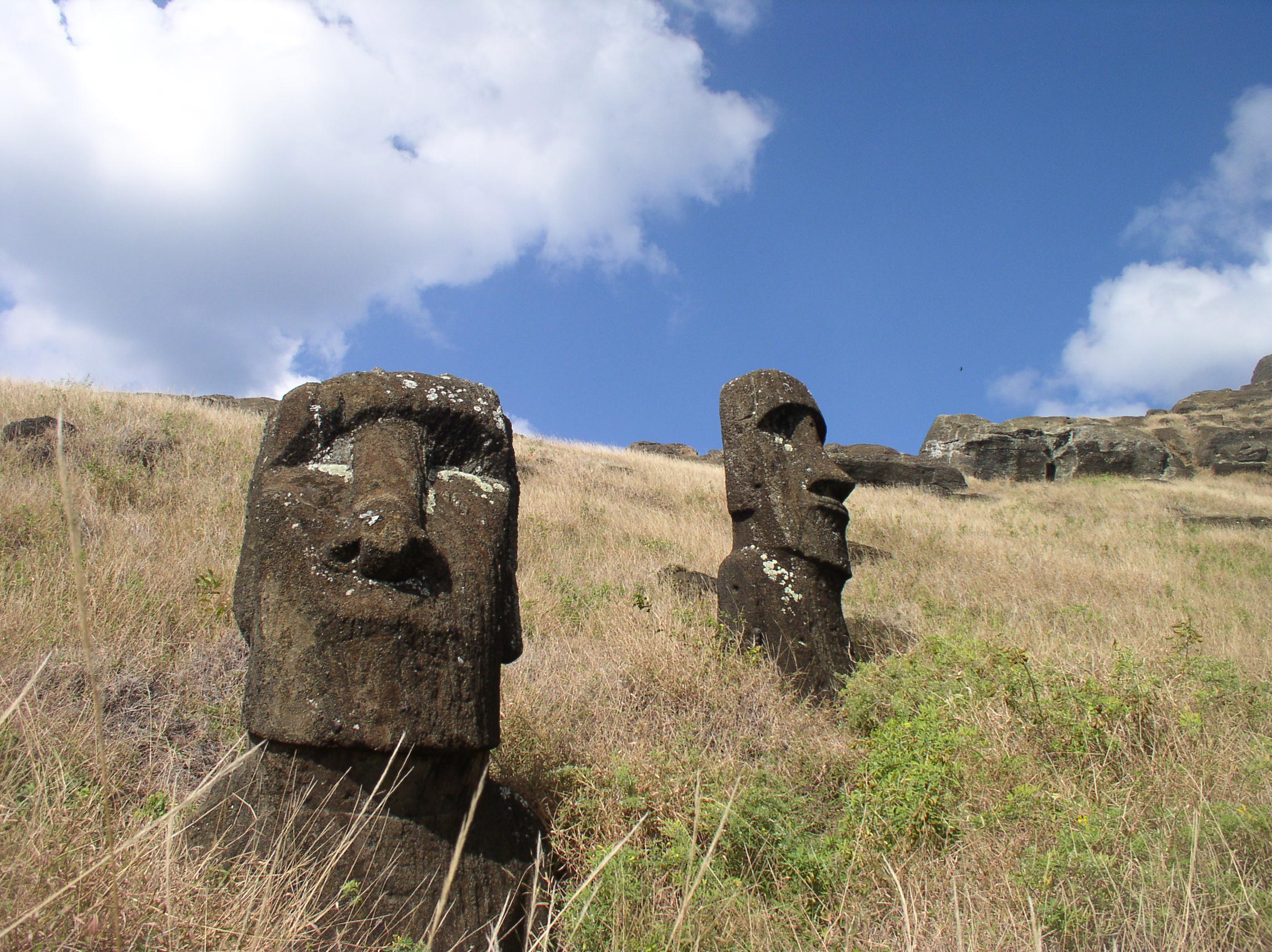
Applied Anthropology
Today, many cultural anthropologists practice applied anthropology. Applied Anthropology cuts across all four subfields and uses the techniques and concepts of those subfields to help solve modern problems. This approach often takes the shape of advocating for a group, whether it’s helping to regain aboriginal land rights, advocating for water rights, or helping to foster communication between medical workers and villagers. Attorney Kimberly Motley takes an anthropological approach in litigating in Afghan courts. Motley used the Afghan tribal laws rather than Western laws, to argue against a child marriage. In another case, during the ebola outbreaks in West Africa, anthropologists acted as liaisons between medical workers from the World Health Organization and Medecins Sans Frontieres (Doctors without Borders). It turned out that providing ebola medicine to African villagers was a complicated matter. Rites of passage for the dead included close contact with infected corpses, resulting in further spread of the disease. Many local villages were suspicious of the medical workers, thinking they were the cause of the disease or just more government interference. Anthropologists were able to reach a successful compromise involving rituals that were satisfactory to the villagers, but that did not involve close contact with the infected corpses.

Forensic anthropology is another example of applied anthropology because its main job is to help solve criminal homicides. Both forensic anthropologists and archaeologists are employed in investigating war crimes, unearthing mass graves and attempting to identify the humans remains. In his TED talk, Fredy Peccerelli (2015) talks about using Forensic Anthropology to identify the Desaparecidos, the civilian disappeared, during the Guatemalan Civil War. He and other anthropologists gave Testimony in the genocide trial of General Ríos Montt. Forensic anthropologists also work to identify the remains of disaster victims. Forensic anthropologists are also employed by the U.S. military to help to identify the remains of soldiers.
Some anthropological linguists use their expertise to identify terrorist or criminals using dialect analysis. This type of work is called forensic linguistics. FBI forensic linguist James Fitzpatrick used his skill in linguistics to provide Evidence to arrest Unabomber Ted Kaczynski. Other examples of applied anthropology include preserving archaeological sites, helping to maintain and revitalize indigenous languages, collecting knowledge of native medicinal plants, legal advocacy, humanitarian work, and working towards the conservation of threatened and endangered primates.
One of my favorite examples of applied anthropology is Daniel Lieberman’s work on exercise among hunter-gatherers. He makes the point that exercise, activity with no real Purpose, is unusual in foragers and all species. The Tarahumara, traditional farmers in Mexico known for their running abilities, would laugh at Lieberman when he would go for a morning jog. The Tarahumara, as it turns out, don’t run all the time, but only during special communal events that are spiritual in nature. Expending calories for no good reason is not a good use of one’s energy stores after all. And so, being “lazy” is just normal from an evolutionary perspective. And yet, with our current lifestyle and excess of calories, exercise is good for us. Lieberman uses the evolutionary understanding of why we don’t generally like to exercise to help motivate us into doing something we are basically programmed not to do.
Sometimes anthropologists are employed in the business sector as well. These are called corporate anthropologists. The vodka seller Absolut employed anthropologists to infiltrate house parties in order to understand American drinking behavior. They wanted to know how it was being used: In what drinks? What kind? And by whom? They found that the story behind the bottle of vodka was more important than the quality of the vodka. Behind the research, of course, was the intend to improve vodka sales (Wood 2013). According Author Graham Wood, “Microsoft is said to be the second-largest employer of anthropologists in the world behind the U.S. government.” Anthropology in business goes beyond selling things. A landmark study by Baron and Hannon (2002) found that found that start-up tech companies that emphasized a Commitment to the culture of a company were more likely to succeed than other types of employment blueprints like autocracy, bureaucracy, star, and engineering models. That is, a sense of culture and belonging, were bigger factors in success than strong leadership, highly talented people, or attention to documentation.


